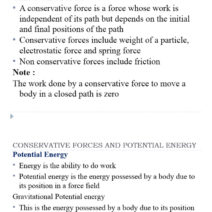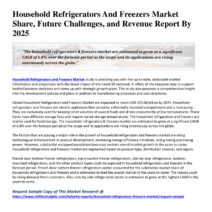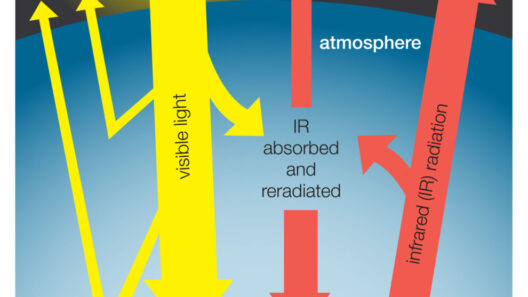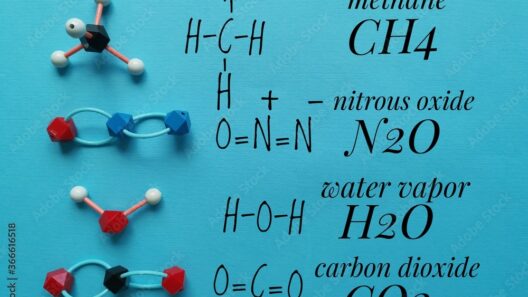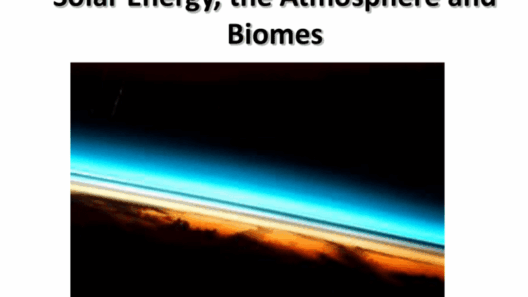Climate change has become a ubiquitous conversation in today’s world, but unfortunately, misinformation and misunderstandings often cloud the discussion. One of the most pivotal concepts in this discourse is the greenhouse effect. This natural phenomenon is critical to understanding climate dynamics, yet it remains shrouded in confusion. So, what’s the big deal about the greenhouse effect? Can we really afford to ignore its layered intricacies? Let’s embark on a scientific exploration that clarifies common misunderstandings about the greenhouse effect, while also posing a challenge to our perceptions of climate responsibility.
Understanding the basic mechanism of the greenhouse effect is essential. It starts with the sun, which emits energy that reaches the Earth in the form of sunlight. A portion of this solar energy is absorbed by the Earth’s surface, warming it. However, not all of this energy remains; the Earth radiates some of it back into space as infrared radiation. This is where greenhouse gases (GHGs) like carbon dioxide, methane, and nitrous oxide come into play. They trap a part of this outgoing radiation, thereby maintaining the Earth’s temperature at a level conducive to life. Without the greenhouse effect, our planet would be inhospitable, with average temperatures plummeting to well below freezing.
The Greenhouse Effect Versus Climate Change: A Common Confusion
A common misunderstanding lies in confusing the greenhouse effect with climate change. It is fundamental to articulate that the greenhouse effect itself is not the malefactor. It is, in fact, a natural and necessary phenomenon. However, human-driven emissions have intensified this effect, leading to global warming. To illustrate, imagine a well-insulated house: it retains heat during winter but becomes insufferably hot during summer if not properly ventilated. Human activities have cranked up the insulation of our atmosphere by adding excessive greenhouse gases, creating an imbalance. This has culminated in profound implications for global weather patterns, biodiversity, and health.
The Role of Different Greenhouse Gases: What’s the Difference?
Not all greenhouse gases are created equal, and this is often a source of confusion. Carbon dioxide (CO2) is perhaps the most discussed, largely because of its high concentration and prevalence in fossil fuel combustion. Yet, methane (CH4) is approximately 25 times more effective at trapping heat over a 100-year period. This is astonishing. Yet, it is produced in smaller quantities, primarily from agriculture and landfills. Nitrous oxide (N2O) and fluorinated gases, although less common, exert significant warming potential as well. Understanding these differences is crucial for devising effective solutions to mitigate climate change.
The Playful Illusion of Control: Can We Reverse the Damage?
Here lies a challenging conundrum: have we overstepped our bounds? Can humans undo the damage inflicted upon the environment? Many individuals may naively believe that technology alone can reverse climate change. While technological advancements, like renewable energy and carbon capture, are integral to combating the crisis, the reality is that behavioral and systemic changes are equally crucial. Society must cultivate sustainable practices and embrace a broader ecological consciousness. It’s not merely about relying on gadgets; it’s a transformative journey that requires participation at all levels.
The Consequences of Ignoring the Greenhouse Effect: A Wake-up Call
Disregarding the nuances of the greenhouse effect does more than sanitize the issue; it creates a dangerous environment of complacency. Ignoring these subtleties leads to misguided public policies, ineffective climate strategies, and a lack of accountability. For instance, declaring ‘the science is settled’ oversimplifies the complexities of climate systems and can hinder adaptive responses. The repercussions can span economic instability, public health crises, and potential extinction of species. Individuals must take ownership of the narrative surrounding climate change. It is imperative we equip ourselves with accurate information and dispel misconceptions to foster a proactive approach to climate advocacy.
Redefining our Relationship with the Environment: A Collective Responsibility
So, how do we redefine our relationship with nature in light of the greenhouse effect? It starts with education. Engaging communities and fostering discussions that contextualize the greenhouse effect within personal experiences can cultivate a deeper connection to the environment. When citizens understand the direct impact of their choices—be it transportation, energy consumption, or agricultural practices—they may feel empowered to enact change.
Moreover, collaboration across sectors is crucial. Governments, corporations, and individuals must unite towards a common goal of sustainability. Transparency and integrity in reporting greenhouse gas emissions, as well as adopting innovative practices that prioritize the planet over profits, should be paramount. It’s an uphill battle, but collective actions hold the power to transform our environmental trajectory.
In Conclusion: Embracing the Challenge of Clarity
In summary, the greenhouse effect is a double-edged sword: vital for life yet perilous when artificially amplified. Clarifying misunderstandings surrounding this phenomenon is critical for fostering informed discussions about climate change. The challenge lies in moving from awareness to action. Embracing our role as stewards of the planet is not merely an obligation; it’s a necessity. As we navigate the complexities of climate science, let’s also keep our minds open to new ideas and solutions. The path forward requires clarity, unity, and unwavering resolve in the face of environmental upheaval.

